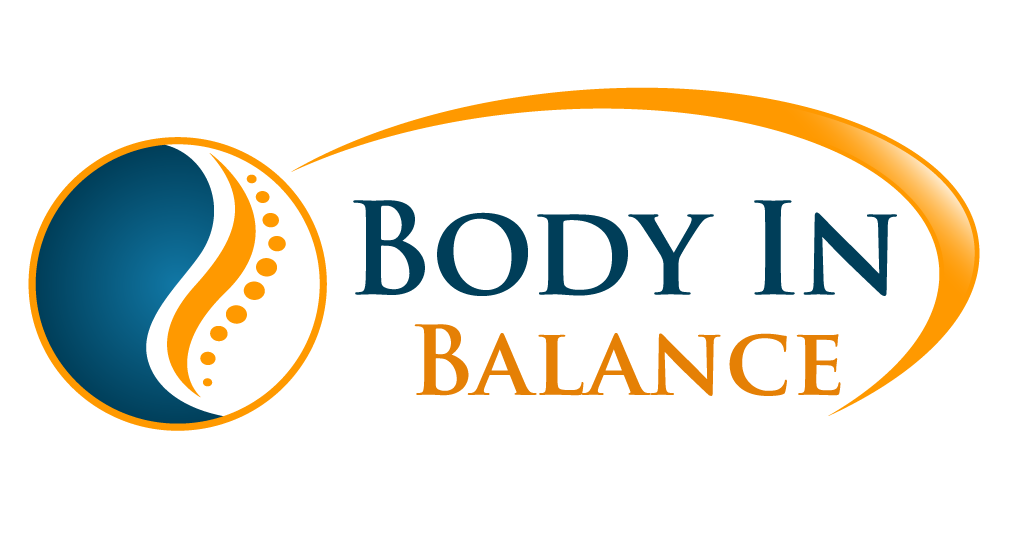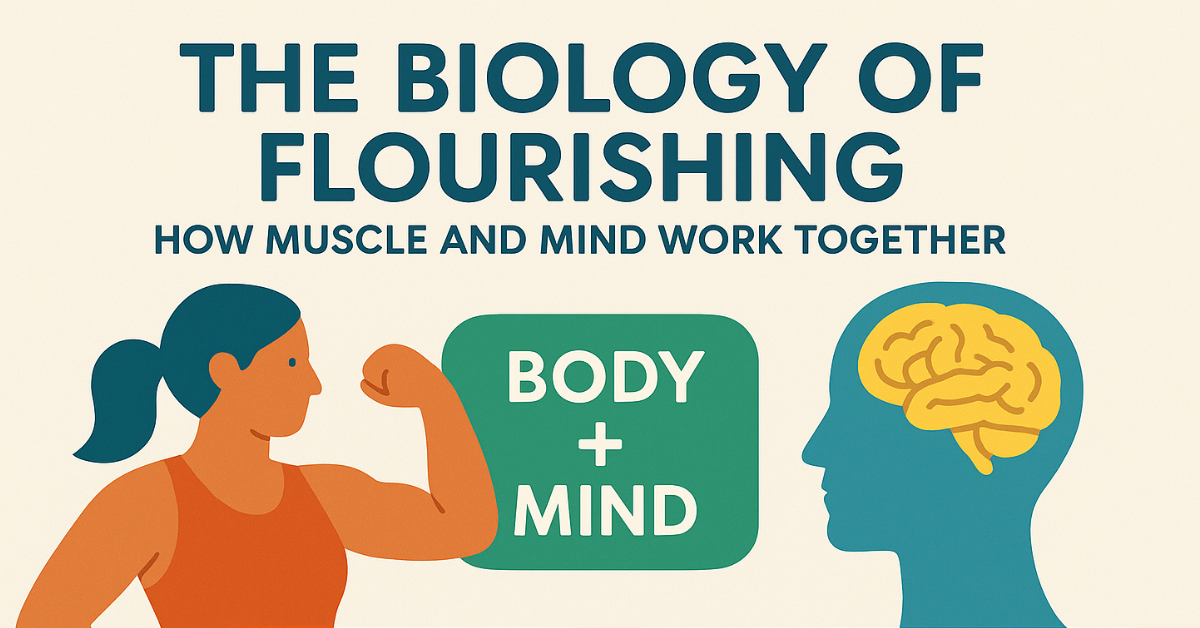Introduction
Phil Stutz, the ‘Hollywood Psychiatrist’ I’ve written about recently often starts his patients mental health improvement by encouraging them to improve their relationship worth their body – move more, and nourish it with good food.
Harvard psychiatrist Dr. Christopher M. Palmer, author of Brain Energy argues that many, if not all ‘mental health’ diseases are really metabolic issues that can be treated with good nutrition.
Another Harvard-trained psychiatrist, Dr. Georgia Ede, wrote a book, “Change Your Diet, Change Your Mind”. There’s no hiding the simple message behind that title.
I’ve written more about the nutritional side of mental health previously: https://www.thepainreliefcentres.co.uk/mental-health-awareness-week/
Today’s article focuses on the connection with the body, and in particular muscle.
The Body-Mind Connection: Why Your Muscles Matter More Than You Think
Here’s something that might surprise you: modern science is uncovering a powerful truth that changes everything we thought we knew about mental health. The path to feeling strong, happy, and resilient doesn’t start in your head—it starts in your body.
Your muscle health, the tiny powerhouses in your cells called mitochondria, and your overall physical vitality aren’t just about looking good or being fit. They’re actually the biochemical foundation that determines whether you feel emotionally stable, mentally clear, and purposeful in life.
Dr. Gabrielle Lyon calls muscle the “organ of longevity,” while Dr. Kate Hefferon’s research in positive psychology shows us how the body and mind work as one integrated system. When you put their insights together, you get one unified message: flourishing isn’t just a mental game—it’s physiological.
Your Muscles Are Talking to Your Brain
Think of your muscles as more than just the mechanical system that moves you around. They’re actually a metabolic and hormone-producing organ that’s constantly chatting with your brain. When you move, contract, and build muscle, you release special signaling molecules called myokines that directly influence your mood, thinking, and inflammation levels.
Here’s what happens when you exercise:
• Your brain gets better at making new mitochondria (those cellular powerhouses), giving it more energy and resilience
• You create what scientists call “metabolic flux”—basically, energy constantly flowing through your muscles, which prevents the stagnation and inflammation that drive fatigue, anxiety, and depression
• Your body becomes a well-oiled machine instead of a rusty one
As Dr. Lyon puts it: “There’s no such thing as a healthy sedentary person.” And Dr. Hefferon adds: “Flourishing isn’t just psychological—it’s physiological.” Both are pointing to the same truth: your body is the gateway to emotional balance.
The Rhythm of Life: Why Your Nervous System Needs Movement
Your nervous system has a natural rhythm—it needs to oscillate between being “switched on” (sympathetic) and “switched off” (parasympathetic). Think of it like breathing: you can’t just inhale or just exhale. You need both.
Exercise challenges your body’s balance, switching on your sympathetic system, while recovery enhances your parasympathetic tone. This improves something called heart rate variability, which is basically your body’s ability to adapt and regulate emotions.
Your mitochondria work the same way. When you train regularly through movement, they produce energy efficiently and clear out cellular waste. But when you’re sedentary, this rhythm gets disrupted, leading to both metabolic problems and emotional rigidity.
The bottom line: physical training restores the biological rhythm that underlies psychological flexibility.
Sleep: The Unsung Hero of Feeling Good
Both experts highlight something most people overlook: sleep isn’t just about feeling rested—it’s the foundation of flourishing. Your hormones cortisol and melatonin govern your daily rhythm of alertness and repair.
From a body perspective, sleep is when your muscles repair and your mitochondria regenerate. From a mind perspective, it’s when cortisol resets and your nervous system shifts into recovery mode. Really, it’s one process: deep sleep synchronizes your physiology and psychology.
Here’s what actually works:
• No screens or bright lights an hour before bed
• Go to bed and wake up at the same time every day
• Combine physical tiredness from daily movement with mental relaxation through breathwork or gratitude
Food as Information: Fuelling Both Mind and Muscle
Here’s a game-changing way to think about nutrition: food is information. Every bite you take is telling your brain and body how to feel and function.
• Protein : The amino acid leucine triggers muscle building and keeps your blood sugar stable, preventing mood swings
• Whole foods : Natural, unprocessed foods protect your brain and gut microbiome
• Limiting sugar : Chronic blood sugar spikes damage your mitochondria and drive inflammation—the biological root of anxiety and depression
The blueprint that works:
• 40-50g protein at breakfast and dinner
• Colorful, fibre-rich whole foods to sustain neurotransmitter balance
• Omega-3s and antioxidants for cellular and emotional resilience
As the saying goes: “Food is information—every bite tells your brain how to feel.”
Movement as Medicine
Physical activity isn’t just good for you—it’s a direct intervention for well-being. Movement is the only way to directly train your mitochondria, and here’s the beautiful chain reaction: neuromuscular activity releases myokines, which boost brain resilience.
Exercise increases serotonin, dopamine, and something called BDNF (brain-derived neurotrophic factor), improving both mood and cognitive function. Resistance training enhances confidence and self-efficacy. Endurance exercise boosts flow states, creativity, and recovery.
Different types of movement offer different mental benefits:
• Resistance training : Builds confidence and stability through myokines and strength
• Endurance (Zone 2) : Creates calm focus through mitochondrial density
• HIIT : Develops courage and resilience through hormetic stress
• Walking : Enhances reflection and creativity through energy flow
The Power of Touch and Connection
Here’s something fascinating: physical contact and muscle contraction work in similar ways. Touch triggers oxytocin, reducing stress hormones and improving immune function. Similarly, muscle contraction releases myokines that cross into your brain and elevate mood.
The message is profound: movement and human connection are parallel forms of embodied communication. Touch reminds your body it belongs. Movement reminds it that it’s alive.
Putting It All Together: Your Daily Blueprint
When you combine the physiology of muscle with the psychology of embodiment, you get a complete model of health:
• Muscle Training : Build mitochondria and strength → Confidence and vitality → Lift 3-4 times per week
• Daily Movement : Improve heart rate variability and energy flow → Calm and focus → Zone 2 cardio or daily walks
• Nutrition : Support neurotransmitters → Mood stability → Whole foods, high protein
• Sleep & Recovery : Regulate cortisol and repair → Emotional resilience → Screen-free wind down
• Touch & Connection : Boost oxytocin and immune function → Sense of belonging → Hugs and social presence
• Body Awareness : Improve posture, breath, and presence → Clarity and groundedness → Daily body check-ins
The Bottom Line: Strength as the Soul of Flourishing
Physical strength and psychological strength aren’t separate things you work on. They’re two expressions of one truth: your body is the instrument of your mind.
To thrive means to train the whole organism—to nourish it, challenge it, and restore it. Every rep you do, every deep breath you take, every bite of real food you eat, every hug you give, and every night of good sleep you get rewires both your body and brain toward resilience.
Strong muscle, steady mind, long life. This is the biology of flourishing.
If you want to learn more about flourishing, check this out: Optimize Your Life



